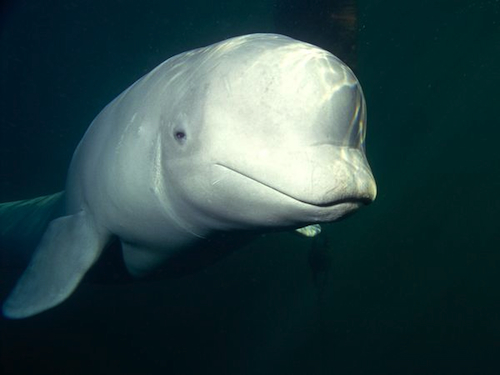 Beluga Whale (Delphinapterus leucas) photo by Brian J. Skerry
Beluga Whale (Delphinapterus leucas) photo by Brian J. Skerry
The Beluga Whale, commonly called the White Whale, is a marine mammal living in the Arctic and Sub-Arctic areas of the world. From a conservation perspective, the beluga is considered “near threatened” by the International Union for Conservation of Nature; however the subpopulation from the Cook Inlet in Alaska is considered critically endangered and is under the protection of the United States’ Endangered Species Act.
The National Marine Fisheries Service (NMFS), which is the federal agency (a division of the Department of Commerce) responsible for the stewardship of the nation’s living marine resources and their habitat, has issued a permit authorizing the Apache Alaska Corporation to “take” 30 beluga whales during the first year of its oil and gas exploration in Cook Inlet, Alaska.
NMFS listed this population as endangered in 2008 and designated over 3,000 square miles of marine habitat in Cook Inlet as critical for the species’ survival in 2011. Now they are allowing “take” of endangered whales for oil exploration? Are you kidding me?
Please join me in sending a letter to Jane Lubchenco, Director of the National Oceanic and Atmospheric Administration (NOAA), urging her to direct NMFS to withdraw Apache’s permit and instead develop and implement a recovery plan as required by the Endangered Species Act to ensure the conservation and recovery of Cook Inlet beluga whales.
You can get more information on this catastrophe at Natural Resources Defense Council’s Save the Whales page.

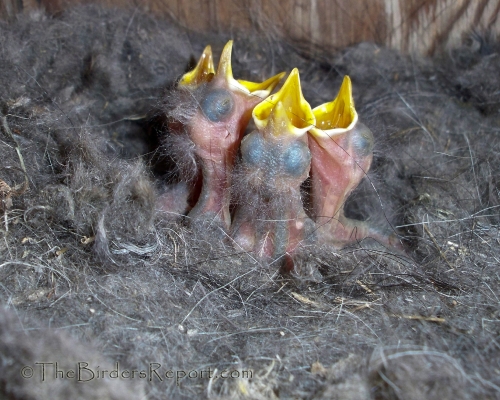
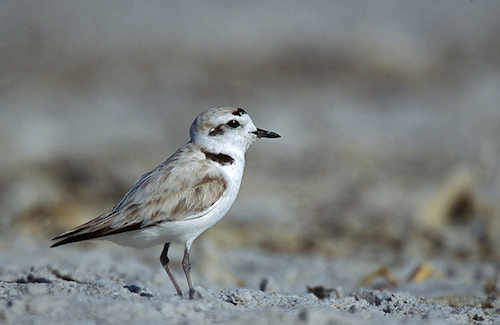
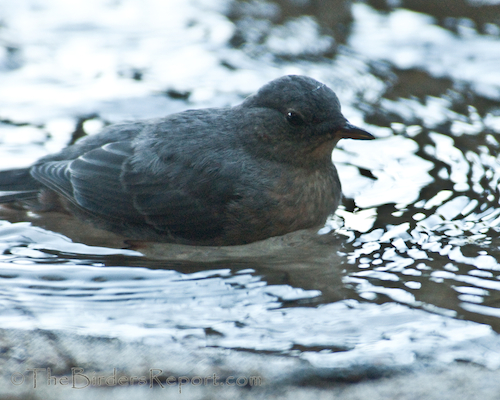
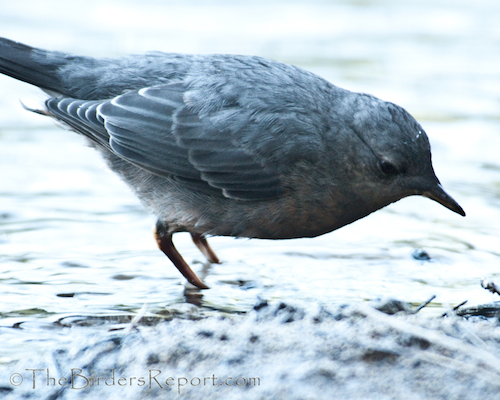
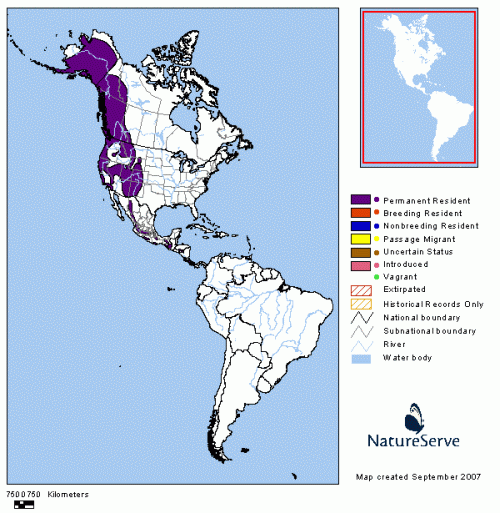
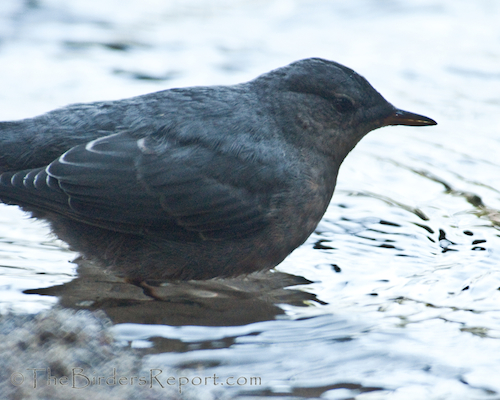
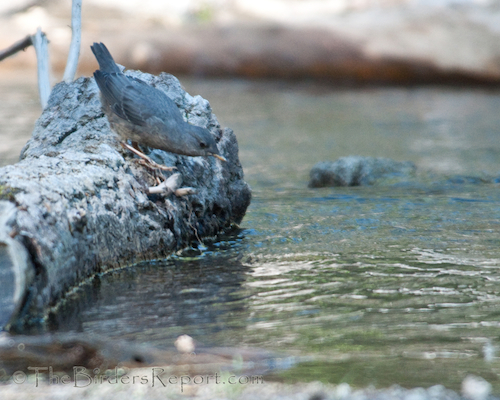
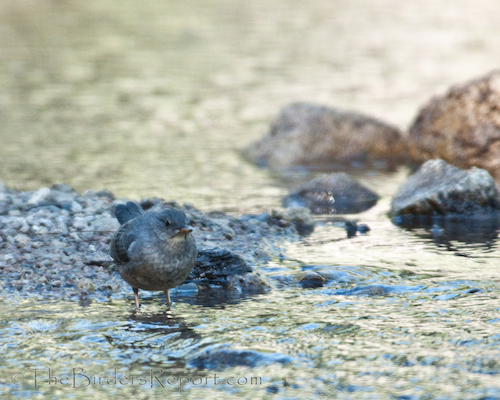
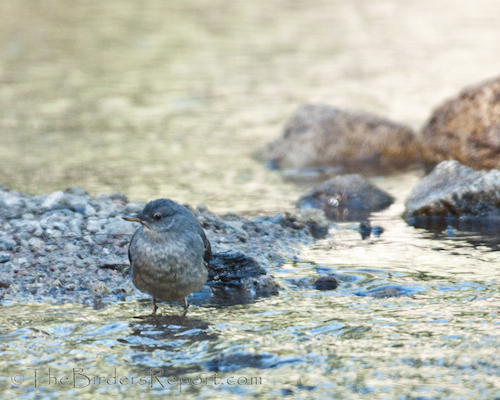
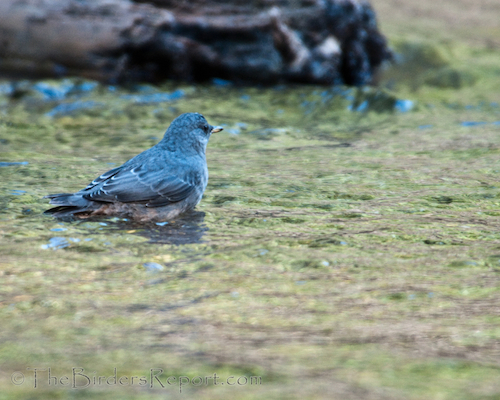
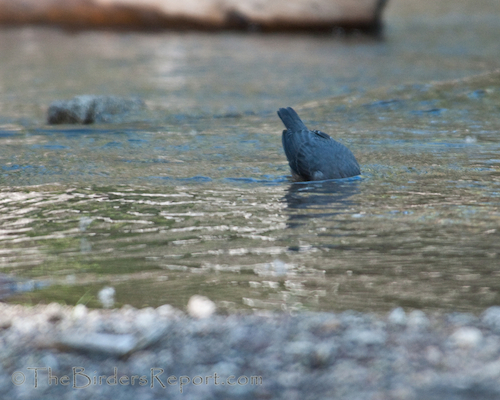
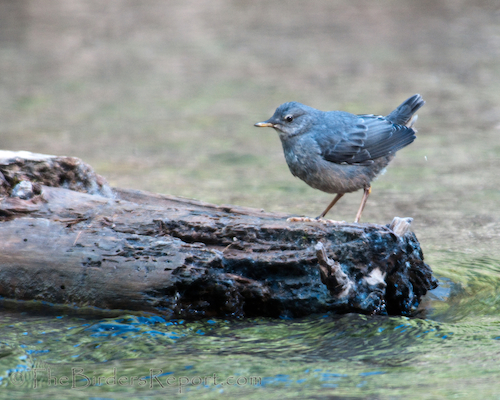
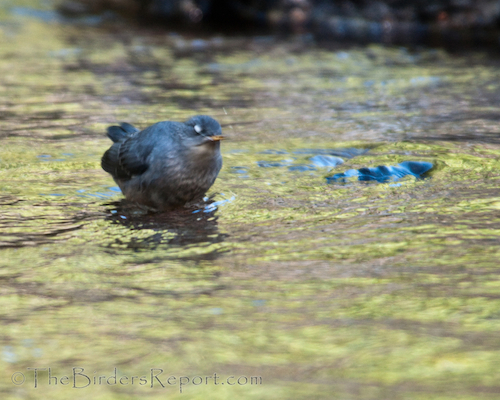
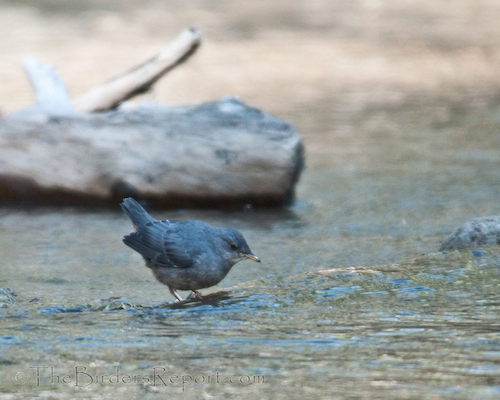



Social Media Connect